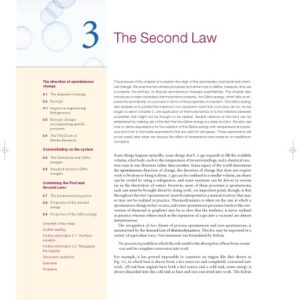In the last two decades low-dimensional (low-d) physics has matured into a major branch of science. Quite generally we may define a system with restricted dimensionality d as an object that is infinite only in one or two spatial directions (d = 1 and 2). Such a definition comprises isolated single chains or layers, but also fibres and thin layers (films) of varying but finite thickness. Clearly, a multitude of physical phenomena, notably in solid state physics, fall into these categories. As examples, we may mention: ? Magnetic chains or layers (thin-film technology). ? Metallic films (homogeneous or heterogeneous, crystalline, amorphous or microcristalline, etc.). ? I-d or 2-d conductors and superconductors. ? Intercalated systems. ? 2-d electron gases (electrons on helium, semiconductor interfaces). ? Surface layer problems (2-d melting of monolayers of noble gases on a substrate, surface problems in general). ? Superfluid films of ~He or ‘He. ? Polymer physics. ? Organic and inorganic chain conductors, superionic conductors. ? I-d or 2-d molecular crystals and liquid crystals. ? I-d or 2-d ferro- and antiferro electrics.
Chemistry
[PDF] Magnetic Properties of Layered Transition Metal Compounds L. J. de Jongh (auth.), L. J. de Jongh (eds.)
$19.99

![[PDF] Magnetic Properties of Layered Transition Metal Compounds L. J. de Jongh (auth.), L. J. de Jongh (eds.)](https://pdfelite.com/wp-content/uploads/2024/04/c1aa9c8d1d62a39a85c5253823069185-d.jpg)




Reviews
There are no reviews yet.